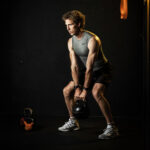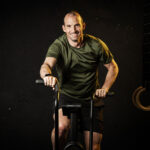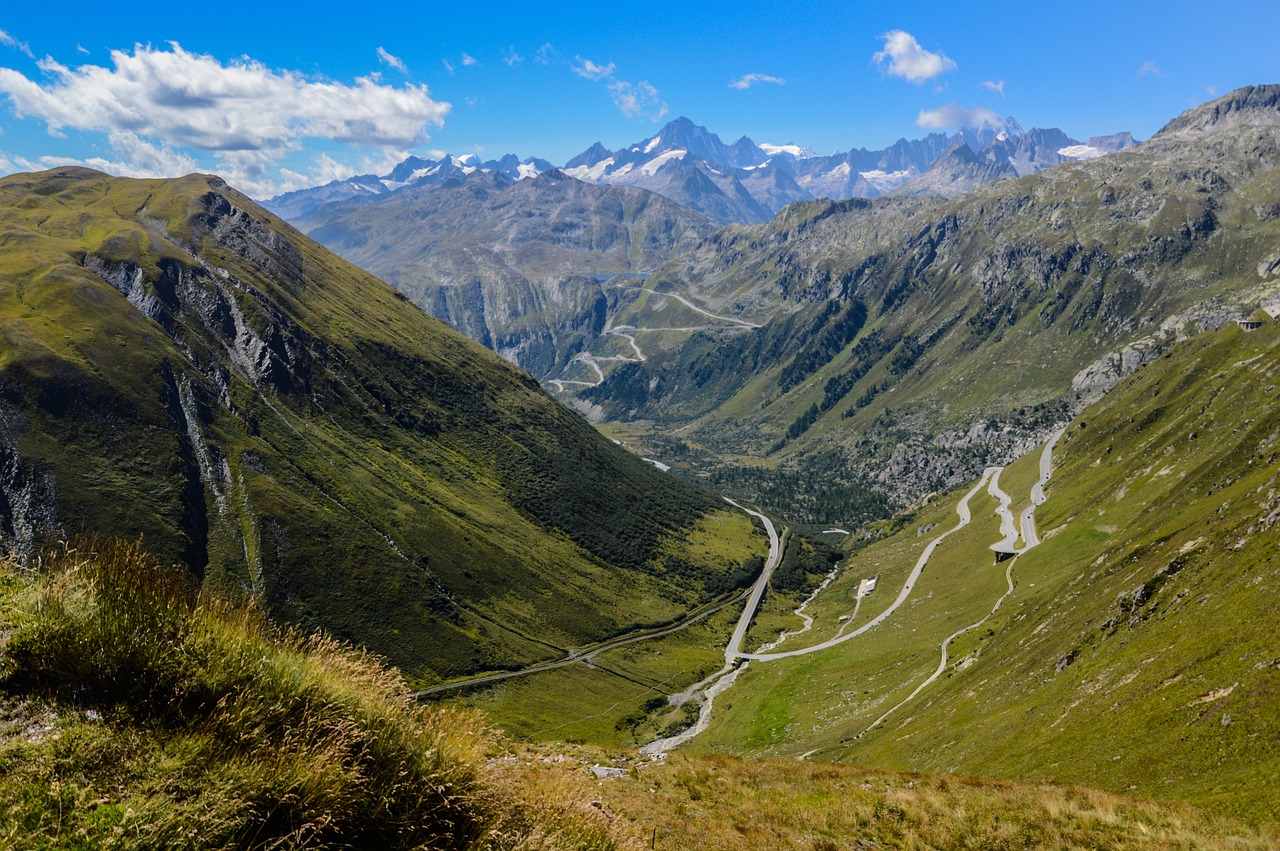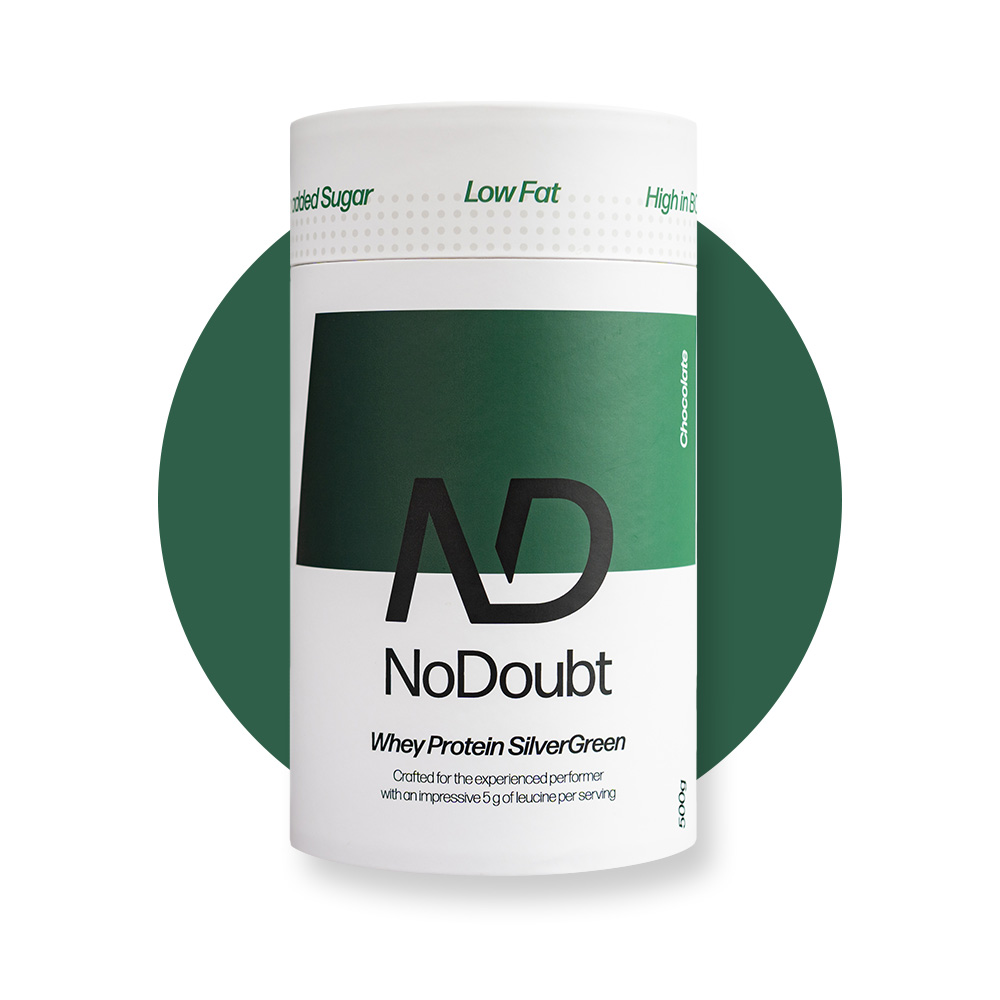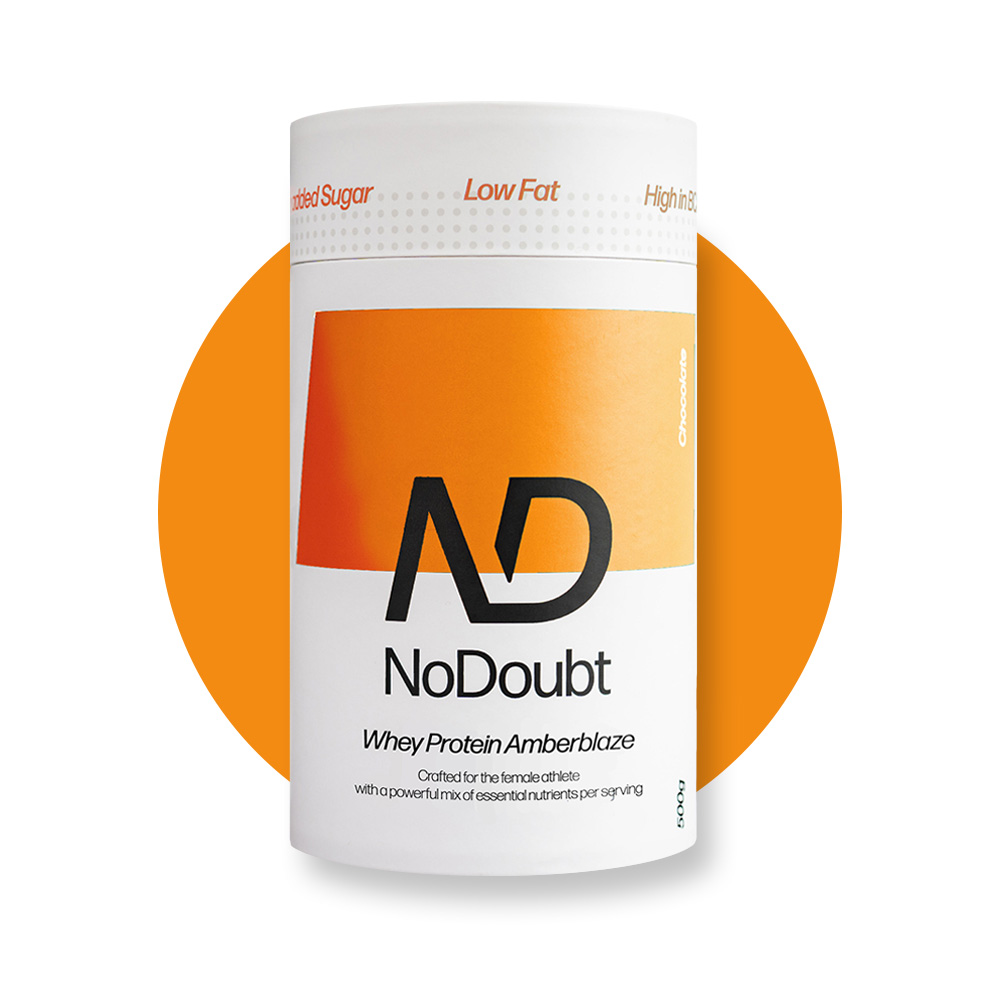Helmet on, cycling shoes strapped on and off you go?
It’s that time again in September 2024.
The Swiss Cycling Alpenbrevet, a highlight among cycling marathons, is calling for a big challenge through the majestic Swiss Alpine passes. Platinum, gold, silver or the bronze route?
It’s all about the personal experience and your own performance limits.
Whether you want to tackle the platinum route with 5 passes and 267 kilometers or the gold route with 4 passes and 214 kilometers, each route offers an unforgettable adventure. The challenging routes of the Alpenbrevet attract both ambitious athletes who are chasing their best times and those who simply want to reach the finish line.
Helmet on, bike shoes strapped on and off you go?
Not quite.
With the Alpenbrevet, the right nutrition is just as important as physical preparation.
In an event that can last up to 15 hours depending on the level of difficulty, a well-thought-out nutrition strategy is essential to maximize your performance and successfully master the challenging passes.
That’s why today we’re looking at how you can best prepare for the Alpenbrevet and how you can keep your energy levels up and delay exhaustion during the ride to get the most out of your adventure.
Before the Alpenbrevet: Carboloading – the key to optimum performance
Carboloading is a proven method of replenishing glycogen stores before a competition and thus improving endurance performance.
This technique, which has been known since the 1960s, can increase performance by around 2-3% during endurance sessions lasting over 90 minutes.
This seemingly small difference can make all the difference over long distances.
What exactly is carboloading?
The principle of carboloading is to drastically increase your carbohydrate intake in the last 1-3 days before the race, while greatly reducing the amount of training.
The aim is to replenish glycogen stores to the maximum in order to prevent a drop in performance during the race.
During this phase, you should also make sure you drink enough fluids.
In the past, it was common practice to precede carboloading with a depletion phase.
During this phase, the glycogen stores were deliberately emptied through a diet very low in carbohydrates in order to replenish them afterwards.
It was assumed that this would increase the efficiency of carboloading.
Today, however, this method is no longer recommended as it often leads to unpleasant side effects such as weakness, irritability, cravings and an increased risk of infection.
These risks and inconveniences are not worth it, especially before an important event.
How do I implement carboloading effectively?
Although it sounds simple, carboloading can be challenging in practice.
To optimally replenish glycogen stores, you should consume around 10 grams of carbohydrates per kilogram of body weight per day.
For a person weighing 70 kilograms, this means around 700 grams of carbohydrates a day – about 7-10 plates of spaghetti.
Achieving this amount is no easy task, even for pasta lovers.
At some point, the stomach simply has no more room.
Even cyclists who are intensively involved in carboloading often only manage half of the recommended 10 grams of carbohydrates per kilogram of body weight.
This shows that carboloading is more than just a buzzword – it requires targeted planning and conscious implementation in order to achieve the desired results.


